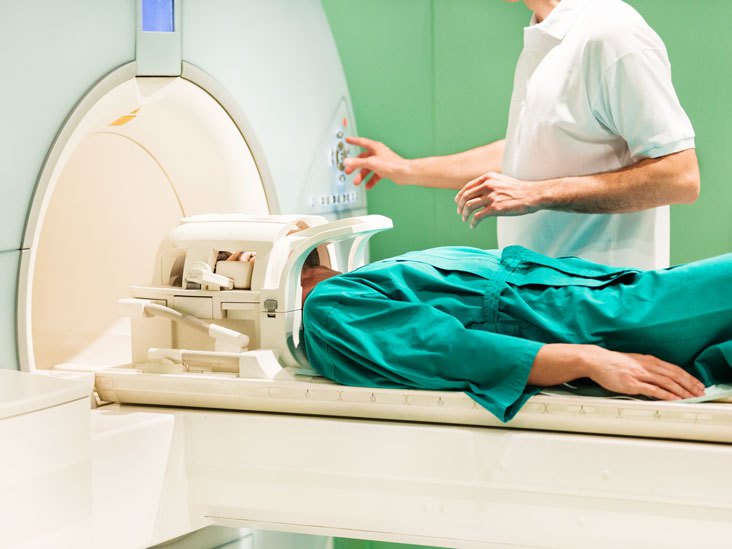This post is also available in Dutch.
The diagnosis and treatment of mental disorders is still based on behavioral symptoms, contrary to other medical disciplines. Can normative modeling be used to account for variability in mental disorders?
Mental disorders have a significant impact on people’s lives and on society. Naturally, all patients have their own individual history and biology. This difference between patients—the heterogeneity—can be divided into three different categories: Clinical, biological, and environmental heterogeneity.
Clinical heterogeneity is when, despite having variations in symptoms, patients are classified under the same disorder. Different biological predispositions can result in the same symptoms, known as biological heterogeneity. Environmental heterogeneity refers to differences in environmental factors that can evoke or prevent the same symptoms. Current research uses normative modeling to map the biological heterogeneity of schizophrenia and bipolar disorder at the level of the individual patient.
What is normative modeling?
The principle of normative modeling is similar to that of growth charts used to project normal development in children. The height of a child is compared to the average height of a population of children at the same age. When the height of a child differs significantly from average, clinicians can infer deviations in development and predict potential learning disabilities.
In the case of normative modeling, brain scans of healthy individuals provide a standard norm for a healthy range. Then, the individual patient is compared to the normative model. Mental disorders can be considered deviations from the normal range. In short, normative modeling compares the brain scans of individual patients with those of healthy individuals.
In the future, normative modeling may contribute to distinguishing between different disorders, even though many symptoms are shared across disorders. It may also provide a more accurate diagnosis when people have overlapping symptoms or multiple disorders.
Normative modeling in schizophrenia and bipolar disorder
Schizophrenia and bipolar disorder are clear examples of highly heterogeneous mental disorders and have been linked to multiple brain systems and neural processes. They result from a complex interaction between genes and environment. Recent research has mapped the biological heterogeneity of schizophrenia and bipolar disorder to the normative model made for both diseases.
Patients differ substantially on an individual level, despite having the same diagnosis. Also, the same study showed that brain scans of patients with schizophrenia and bipolar disorder are significantly different, since patients with bipolar disorder had less extreme differences in their brain structure. This outcome confirms the biological heterogeneity of patients and reinforces the need for an individualized approach in patients.
One of the advantages of normative modeling is that it does not depend exclusively on behavioral symptoms, unlike in case-control studies, because brain patterns are also incorporated. It shifts the focus from the average patient to the individual patient. The goal of this technique is to improve individual diagnosis and treatment efficacy.
Thus, normative modeling can indeed account for the biological heterogeneity in patients and hopefully will lead to individualized therapies in the future, which would significantly improve patients’ lives.
Written by Bea Waelbers
Edited by Christienne Gonzales Damatac
Translated by Jill Naaijen
